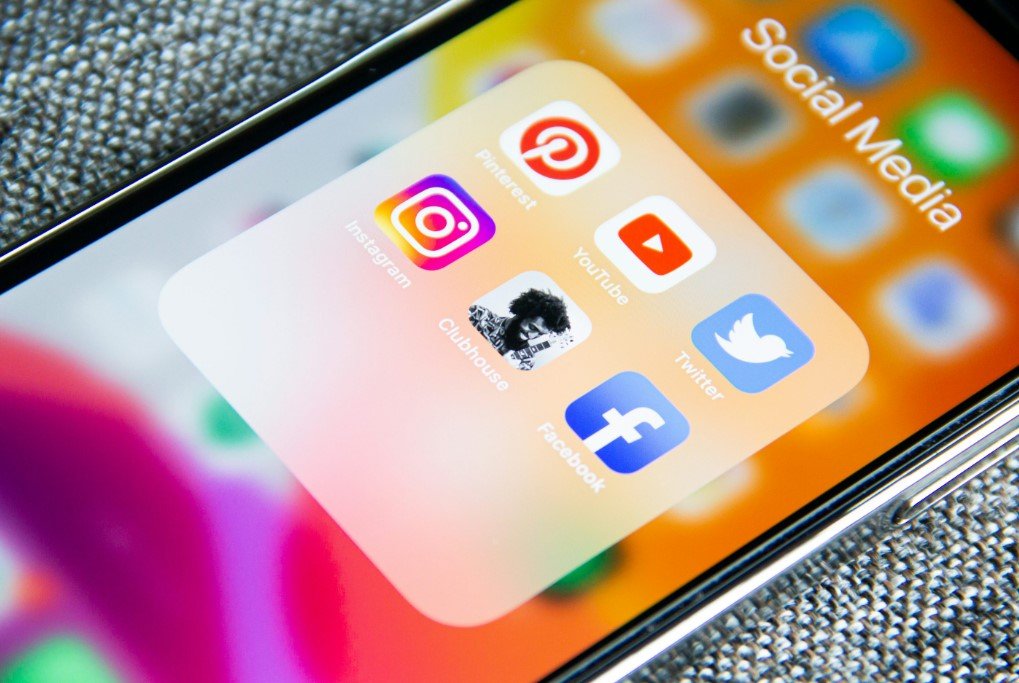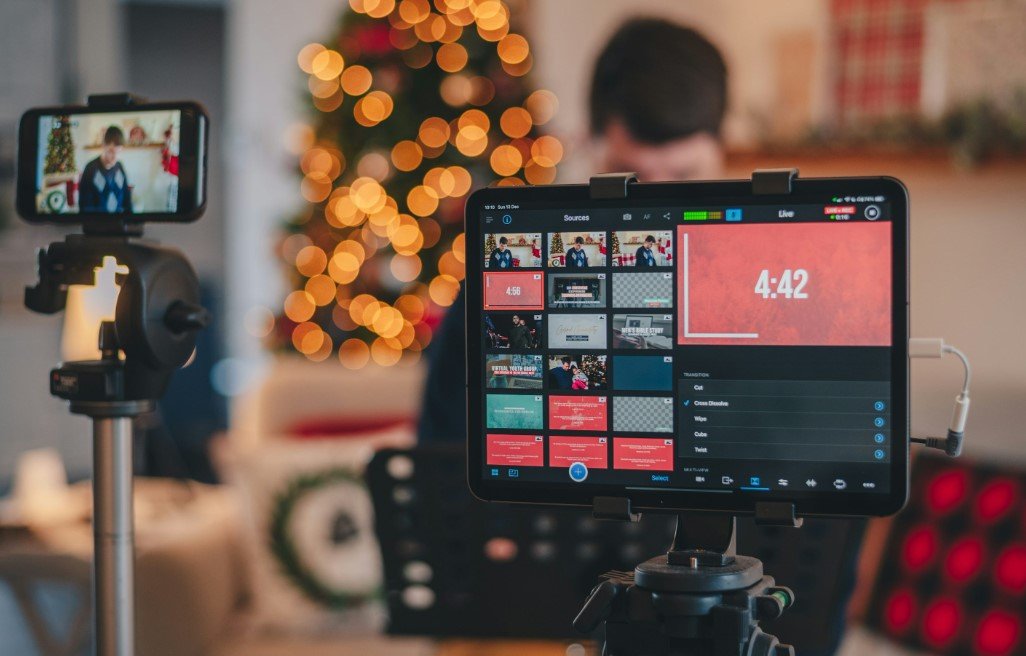Tech
What Should Be My Internet Speed?

In today’s digital world, having the right internet speed is essential. Whether you’re working from home, streaming your favourite shows, gaming online, or just browsing the web, your internet speed can make or break your experience. But how do you determine what speed you need? Let’s break it down in simple terms.
Understanding Internet Speed
Before we dive into the specifics, let’s clarify what internet speed means.
1. What is Internet Speed?
Internet speed refers to how quickly data travels from the internet to your device (download speed) and from your device to the internet (upload speed). It’s measured in megabits per second (Mbps).

2. Download vs. Upload Speed
- Download Speed: Affects how quickly you can access content like videos, websites, and files.
- Upload Speed: Determines how fast you can send data, like uploading files, sending emails, or video conferencing.
3. Ping and Latency
- Ping (measured in milliseconds, ms): The time it takes for data to travel to a server and back. Lower is better.
- Latency: The delay between sending and receiving data, crucial for gaming and video calls.
What Internet Speed Do You Need?
The speed you need depends on how you use the internet. Let’s go through different scenarios.
4. Basic Browsing and Social Media
If you mostly browse the web, check emails, and scroll through social media, you don’t need super-fast internet. A speed of 5-10 Mbps should be enough.

5. Streaming Videos (Netflix, YouTube, Disney+, etc.)
Streaming quality determines your speed needs:
- Standard Definition (SD): 3-4 Mbps
- High Definition (HD): 5-10 Mbps
- 4K Ultra HD: 25 Mbps or more

6. Online Gaming
Gaming requires low latency more than high download speed. A speed of 10-25 Mbps is generally enough, but a ping below 50 ms is ideal.

7. Working from Home
For remote work, including Zoom calls and cloud applications, aim for 25-50 Mbps for a smooth experience.

8. Video Calls and Conferencing
- Standard video calls (Skype, Zoom, Google Meet): 2-5 Mbps
- HD video calls: 5-10 Mbps
- 4K video conferencing: 25 Mbps

9. Large File Uploads and Downloads
If you frequently upload large files, higher upload speeds (10-50 Mbps) are crucial, especially for creative professionals.
10. Smart Homes and IoT Devices
The more smart devices (Alexa, security cameras, smart TVs) you have, the more bandwidth you need. A household with multiple devices should have at least 100-200 Mbps.
How Many Devices Are Connected?
11. Internet Speed Based on Number of Devices
The more devices using the internet at once, the higher the required speed:
- 1-2 devices: 25-50 Mbps
- 3-5 devices: 50-100 Mbps
- 6+ devices: 100-500 Mbps
Choosing the Right Internet Plan
12. Types of Internet Connections
Not all internet is created equal. Here are the main types:
- DSL: Slow but widely available (~10-50 Mbps)
- Cable: Faster but can slow down during peak times (~50-500 Mbps)
- Fibre: The best option for speed and reliability (100 Mbps – 1 Gbps+)
- Satellite: Useful in rural areas but slower (~25 Mbps)
- 5G Home Internet: Emerging fast option (~100 Mbps+)
13. Checking Your Current Speed
Use free tools like Speedtest.net or Fast.com to check your current internet speed and compare it with your plan.
How to Improve Your Internet Speed
14. Tips to Boost Your Speed
- Upgrade your router: Old routers can slow down your connection.
- Use wired connections: Ethernet cables provide more stable speeds than Wi-Fi.
- Reduce interference: Keep your router away from electronic devices.
- Limit background devices: Disconnect devices that aren’t in use.
- Update firmware: Keep your router and devices updated.
15. When to Upgrade Your Plan
If you experience frequent buffering, lag, or slow downloads despite following the above tips, it might be time to upgrade to a higher-speed plan.
Final Thoughts
So, what should your internet speed be? It depends on your usage, the number of devices, and the quality of experience you expect. If you’re unsure, it’s always better to go for a slightly higher speed to future-proof your connection. Need faster speeds? Consider upgrading to fibre or a high-speed cable plan!
Now, go check your internet speed and see if it meets your needs!













